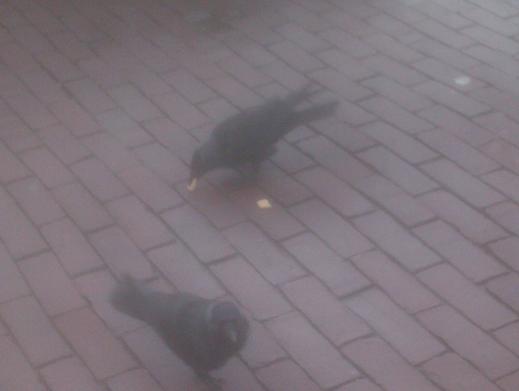
In a shocking development that has to be symbolic of something, the horribly ugly chosen because it’s hardy and can handle neglect office plant located next to my desk has actually flowered, which is the first time I’ve ever seen one of them do that. You don’t expect this from this sort of plant, which as well could’ve been plastic for all anybody cared, but there it is, spreading a lavender sort of scent reminiscent of the better sort of public conviences. Doesn’t do my headache any good.
Did remind me of a short story in one of thos Gardner Dozois Year’s Best Science Fiction bricks, about a team of biologists specialising in finding thought to be extinct plant species and such in office gardens and such. Nothing else remains from that story, but that stuck with me.


